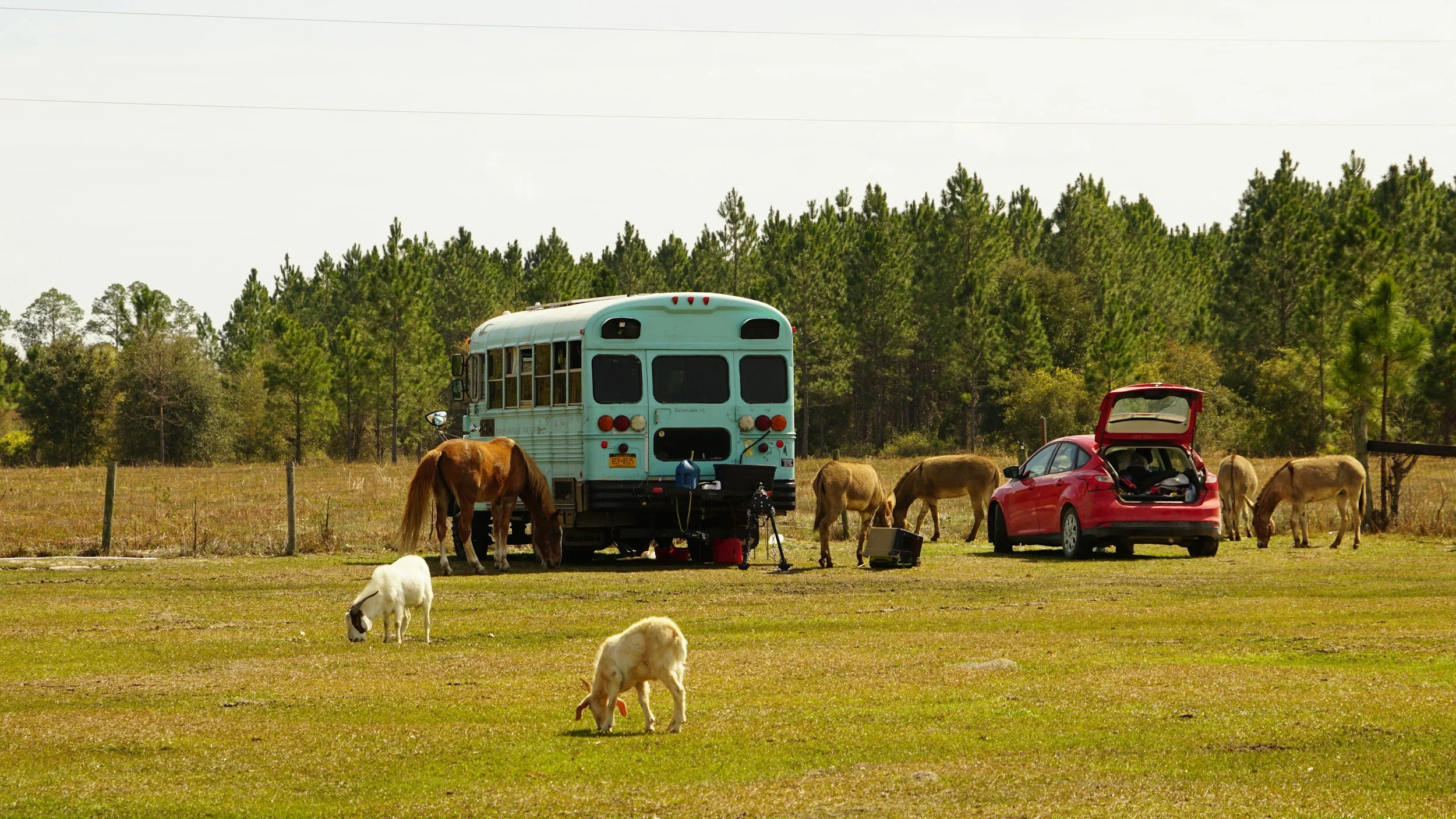Green Pastures: How Sustainable Ranching and Homesteading Can Revive Land and Livelihoods in the U.S.
The quest for a sustainable future has brought homesteading and regenerative ranching into the spotlight. These methods promise ecological balance, biodiversity, and healthier ecosystems compared to traditional ranching and monocropping. But how do they stack up economically, and can they be adopted on a broader scale in the U.S.?
Let’s dive into the limitations, benefits, and geographic feasibility of these practices, and explore how traditional ranchers and farmers can transition toward more eco-friendly models.
Understanding the Economic Dynamics
Traditional Ranching and Monocropping
Advantages: Traditional methods are often subsidized by government programs and rely on large-scale operations for efficiency and profitability. Monocropping focuses on a single high-demand crop, reducing costs for specialized equipment and labor.
Drawbacks: These systems can degrade soil health, lead to pesticide resistance, and require heavy inputs like fertilizers, irrigation, and machinery, which are costly and environmentally taxing.
Sustainable Homesteading and Ranching
Advantages: These methods emphasize regenerative agriculture, which restores soil health, increases biodiversity, and enhances resilience to climate change. Over time, sustainable practices can reduce reliance on costly inputs while potentially commanding premium prices for organic and sustainably raised products.
Drawbacks: Initial costs, such as transitioning to new methods, purchasing diverse livestock or crops, and implementing regenerative practices, can be high. Labor intensity and the learning curve for adopting these techniques can also be barriers.
Geographic Feasibility and Best Practices
Ideal Locations for Sustainable Practices
The Midwest and Plains: Excellent for rotational grazing and cover cropping due to their extensive pasturelands.
The Pacific Northwest: Beneficial for diversified crop-livestock systems thanks to its moderate climate and rich soils.
The Southwest: Arid regions here are suited for drought-resistant crops, holistic grazing, and solar-powered infrastructure.
Appalachia and Southeast: Favorable for agroforestry, integrating trees, crops, and livestock to maximize land use and biodiversity.
Best Practices for Sustainable Transition
Rotational Grazing: Move livestock frequently to prevent overgrazing and promote soil regeneration.
Agroforestry: Incorporate trees into pastures to enhance biodiversity, reduce erosion, and sequester carbon.
Composting: Use waste products to enrich soil, reducing reliance on chemical fertilizers.
Cover Cropping: Plant cover crops to protect soil between harvests, reduce weeds, and fix nitrogen naturally.
Integrated Pest Management (IPM): Minimize pesticide use by introducing natural pest predators and diverse planting strategies.
Challenges and Opportunities
Policy Support: Unlike traditional farming, sustainable practices often lack subsidies and institutional support, making them less appealing financially.
Market Demand: Consumers are increasingly willing to pay for sustainably sourced products, creating niche markets that can boost profitability.
Technology: Innovations such as soil sensors, water-efficient irrigation, and regenerative management software are making sustainable methods more viable.
Education: Partnerships with agricultural universities and extension services can empower traditional farmers to transition to greener practices.
Benefits Beyond the Farm
Sustainable ranching and homesteading provide a range of ecosystem services:
Carbon Sequestration: Improved soil health helps lock carbon into the ground.
Water Management: Healthy soils retain water, reducing runoff and protecting waterways.
Biodiversity: Diverse crops and grazing systems provide habitats for wildlife.
How Traditional Ranchers and Farmers Can Transition
Start small by dedicating a portion of their land to rotational grazing or cover cropping.
Diversify their operations with perennial crops or small-scale agroforestry.
Participate in carbon credit programs or sustainable certifications to offset transition costs.
Partner with local co-ops to share resources and reduce overhead expenses.
Conclusion
Sustainable homesteading and ranching hold immense potential for addressing ecological crises while providing long-term economic benefits. While barriers like upfront costs and lack of support remain, the rewards—healthier land, resilient food systems, and premium market opportunities—make the journey worthwhile. With growing demand for sustainable products and advancements in regenerative techniques, the future of farming and ranching in the U.S. can be both green and profitable.


